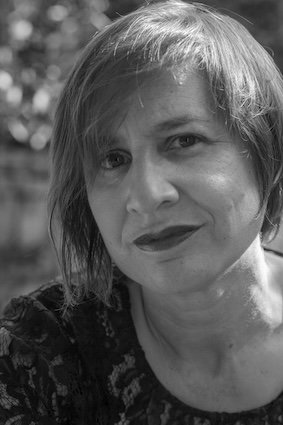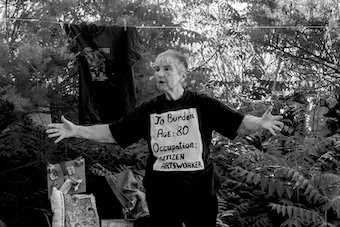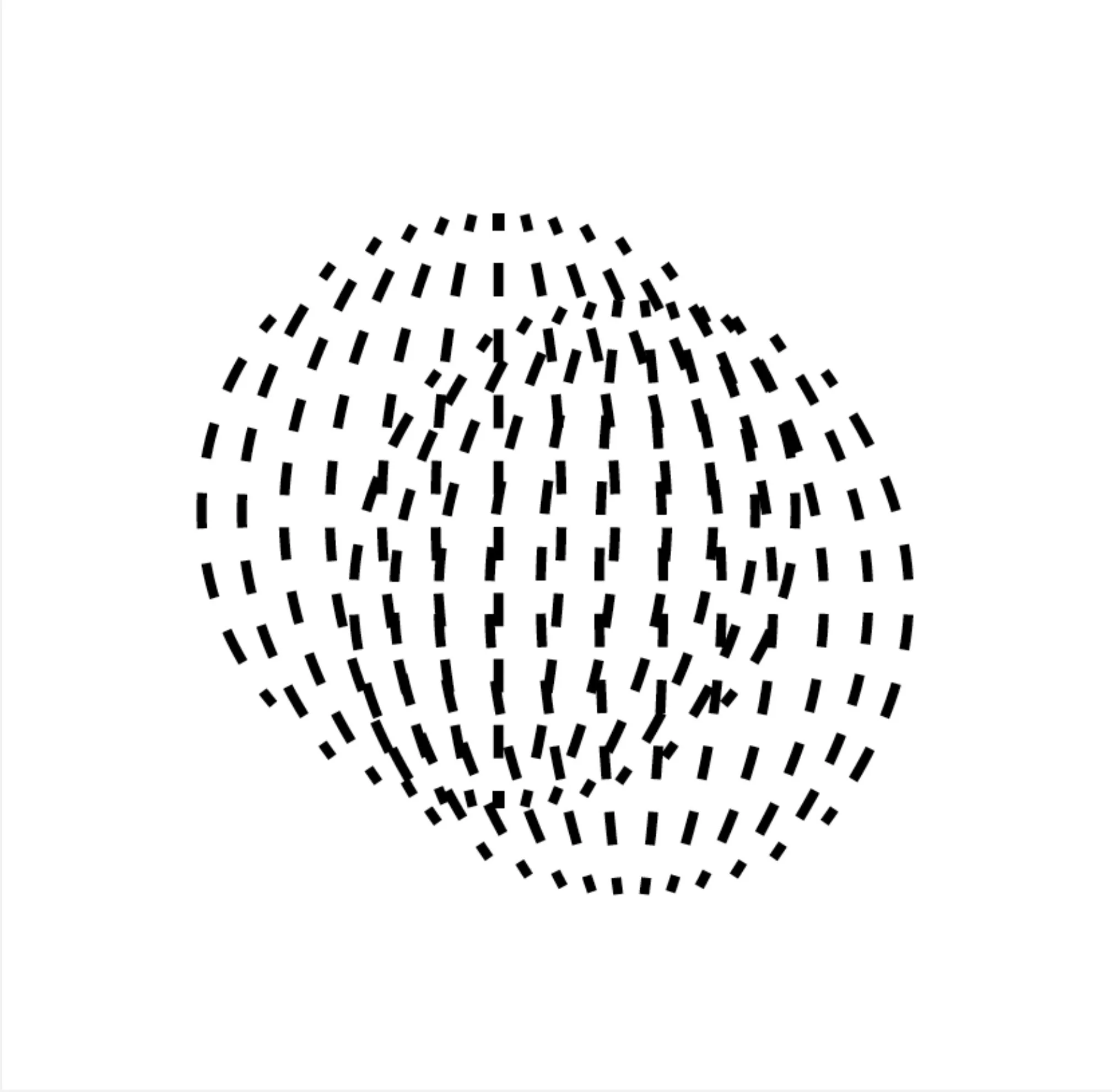Two Moons and Two Suns
A project by Fictive Archive Investigations
3 July - 20 August 2025
Upper Galleries, Malta Society of Art, Palazzo de la Salle, Republic St, Valletta
Curator tours:
Tuesday 5 August 6pm
Saturday 9 August 10am
This project is supported by Arts Council Malta & Wallonie-Bruxelles International, and hosted by the Malta Society of Arts.
The symposium is supported by the Ministry for Finance.
Thanks to collaborators and supporters; the Notarial Archives Foundation, the National Archives of Malta, the University of Malta Library, and the Magna Żmien Foundation.
Artists
Elise Billiard Pisani | Balthazar Blumberg | Josephine Burden | Anna Calleja | Céline Cuvelier | Katel Delia | Claire Ducène | Axel Fourmont | Bettina Hutschek | Margerita Pulè | Stéphanie Roland | Matthew Schembri | Raffaella Zammit
Curators
Claire Ducène| Margerita Pulè
Visual Identity
2point3
Design Intern
Camille Roman
“De deux choses lune l’autre, c’est le soleil.”
Jacques Prévert
The archive brings to mind an unchanging truth, or a physical proof that leads us to a truth. How, then, can an archive be fictive? What happens to our reality when the perspective of historical fact is stretched, manipulated, duplicated, falsified and inverted?
The cognitive dissonance that accompanies fictive archives leads us down a path of doubt and mistrust. Much as dubious information sources and deliberate misinformation leave us uncertain of our reality, so a fictional archive risks leaving us doubting our own histories. But rather than working towards political or financial gain, the artists in this exhibition ask us to re-look at our realities, precisely to question those economic, political, and authoritative systems that write our history books and control our narratives. In opening ourselves to the possibilities of many truths, we can allow for a multiplicity of voices to exist alongside each other.
In being open to the fictional, we also allow ourselves to enter the uncanny, one step away from the question ‘can two truths exist?’ lies the dilemma ‘can two suns exist?’, and, it seems, the answer is yes; far, far away in a binary star system Kepler-16, a planet has been found where two suns set over the horizon; its binary stars are close enough to be seen as solar-sized discs from its sky. Interestingly for us, this has led to the planet being called ‘Tatooine’ after the fictional, desolate Star Wars planet that is the home-planet of Luke Skywalker, and where the famous binary sunsets of the film are set.
Closer to home, certain specific atmospheric conditions can create an optical illusion known as a ‘parhelion’ or ‘sundog’ - a refraction of sunlight through ice crystals high in the atmosphere appears as a second, or even third sun in the sky. Our eyes deceive us, and in the face of an inconceivable cosmic event, sundogs have historically been seen as bad omens, heralding catastrophe or at the very least enormous upheaval.
The island, too, has been fictionalised and duplicated throughout history; from Hy-Brasil5 to Gilligan’s Island 6, and from Rose Island7 to the island of Calypso8 legend, myth and popular fiction have entwined imagination, optical illusion, misguided cartography, and a yearning for independence to create mythical lands that travel in their own orbit in our seas.
This exhibition brings together thirteen artists whose research processes and creative practices are concerned with the archive in all its possible configurations. Through the archive these artists develop new territories; second suns or mystical islands just out of reach. Fragments of poems, discarded medication packaging, historical documents, geological samples all have their part to play in this shifting unreality of the fictive archive.
References
*Jacques Pr.vert. Paroles. Hachette, 1976
+Keplar-16b is a giant planet, almost as big as Jupiter and composed mainly of gas. According to NASA’s website, it is the first Tatooine-like planet found in our galaxy.
^The planet Tatooine was first seen in the original 1977 film Star Wars. Imagined as a desert planet, scenes in Tatooine were filmed in Tunisia apparently taking its name from a town in southern Tunisia called Tataouine.
†The parhelion has been quoted as pivotal in historical critical events, such as the sighting in 1461 by the eventual King Edward IV of England before the Battle of Mortimer’s Cross, which he took to be—and more importantly managed to convince his army—a sign of divine intervention, as described in Thomas Penn’s The Brothers York (2020).
‡Hy Brasil (U. Bhreasail) is a phantom island said to lie in the Atlantic Ocean west of Ireland. It is permanently cloaked in mist except for one day every seven years, when it becomes visible but still cannot be reached.
**Gilligan’s Island is the eponymous site of a 1970s sitcom, which follows the comic adventures of seven castaways as they try to survive when they are shipwrecked.
++The Republic of Rose Island was a micronation on a man-made platform in the Adriatic Sea, off the coast of the region of Emilia-Romagna, built by engineer Giorgio Rosa, who made himself its president and declared it an independent state on 1 May 1968.
^^The nymph Calypso kept Odysseus on her island of Ogygia for seven years; local Maltese legend makes a direct link between Ogygia and the island of Gozo.
Axel Fourmont
Mise au parfum
Glass bottle, perfume, printed bookmarks, installation of variable dimensions
2025
Mise en demeure
Brass thermal desorption tube
10.5 x 1.5 x 1.5 cm
2024
Mise au parfum is a fragrance inspired—in both senses of the word—by the distinctive smell of a decaying book. It is delivered on bookmarks that serve as scented strips, reminiscent of photographic test strips used to measure exposure before printing.
Functioning as an olfactory ‘trademark’, the work invites the audience to take one of these scented bookmarks with them, to perceive its gradual transformation over time, and eventually to insert it into another book. Intimate and transmissible, the piece subtly carries within it, page by page, the potential to resist its own impermanence. Poised between relic and residue, Mise en demeure presents the brass thermal desorption tube used to analyse the volatile odour compounds of the book at the origin of the project. It now seals in the book’s authentic scent; subsidiary fragment infused with intangibility, a kind of olfactory time capsule destined to outlast the book itself.
With the support of the F.d.ration Wallonie-Bruxelles and the valuable collaboration of Magali Klepper – Tous nez quelque part – and the Department of Chemistry at the University of Li.ge.
Matthew Schembri
Poetry Maps
Artist’s book
14.8 x 21 cm
2025
Poetry Maps is a project that showcases several map outlines of island countries created from poems printed in black ink on white sheets. Each poem was written by a poet from an island nation, selected through an open call. The poetry maps are printed in two copies: one is displayed on a table in the exhibition space, whilst the other is mailed to the respective poet.
Anna Calleja
Safekeeping
Oil on paper, archival fragments, photocopies, tracing paper, unfired clay, wax, stationery, vacuum packaging
2025
The works evolve into quiet investigations of personal and cultural rupture, using repetition, negative space, and fragmented narratives to reflect on postcolonial identity, intergenerational memory, and the ongoing erosion of heritage and the natural landscape.
The pieces themselves are safekept through a process of vacuum-packing and sealing - suspending them in time and heightening the sense of being frozen, halted mid-transformation. Yet this gesture is not without consequence: the very act of sealing off the work destroys as much as it preserves. Clay breaks under pressure; textures are lost to plastic; context and tactility are stripped away.
Balthazar Blumberg
Whole Story
Glass engraving, drawing, photography, projection
2024–2025
Whole Story is an installation which brings together glassworks, photographs, and drawings. Each piece stems from photographs taken while exploring the island of Malta, forming the basis of a personal archive. From these images, Balthazar reimagines the island’s weathered landscape, allowing a new, fictional terrain to emerge.
The different media intertwine—photographs blend with glass and drawing—blurring the boundaries between real and imagined, past and present. This fusion gives rise to new places and mixes geological eras. Drawing inspiration from the methods of geologists—who reconstruct the history of a place by studying its voids Balthazar uses the transparency of materials to develop a new perspective on landscape and time.
Josephine Burden
Tidelines and Wonky Holes
Mixed media installation, found objects, sound
2025
This work presents a selection of some of the found objects of Josephine’s life, laid out too neatly to be a tideline or a wonky hole. Other found objects from her archive are displayed squarely. Some have catalogue numbers. The songs and texts are extracts from her published work, which draw on her archive. You are invited to dream your own stories and perhaps label her archive.
Created with the help of Niels Plotard and Neil Grech.
Stéphanie Roland
In a multi-screen video installation, the artist creates a subjective cartography of California, between reality and fiction, geography and affect, dream and post-truth: exploration of ancient maps, discovery of rare plants, virtual flight over a ruined archipelago, tectonic plate movements, mythical landscapes, microscopic diving into minerals, prophecy in sign language and, finally, the gold rush!
Elise Billiard Pisani & Margerita Pulè
Farfara. Le fils avant le père
Mixed-media installation
2022 – 2025
Ultimately, very little is known about the island of Farfara, which appears on some 17th- and 18th-century maps of the Maltese archipelago and whose name occasionally surfaces in certain texts as late as the first half of the 19th century. After extensive research, a hazy picture has formed of an obscure and mysterious atoll which – though small – may have played a vital role in Mediterranean geopolitics.
Several historical and contemporary personal testimonies, however fragmentary, provide some evidence that Farfara not only existed, but that its intermittent intangibility has allowed it to play host to enigmatic events on the world stage.
Since their first iteration in 2023, the Farfara Archives have regressed to a more rudimentary state, in an unspooling of information and facts. The original six corpora of artefacts and documents are presented in a less orderly fashion; framed here in the context of the archival store, temporarily abandoned, and free to reform their own narratives.
The title of the work refers to the plant Coltsfoot known colloquially in France as Le fils avant le p.re, and whose Latin name is Tussilage farfara. Its name comes from its tendency to produce flowers before leaves, upsetting the expected growing sequence, and linking with the prequel nature of this work.
Claire Ducène
Atlas of Open Stories
Monotypes on paper, (6) rolls
98 x 300 cm
2025
Map of an Unknown Place
Monotypes on paper
75 x 130 cm
2025
Volumen of Infinite Borders - Volumen des Territoires Infinis
Photolithography on Japanese Banshi Tsuru Heritage washi paper 25 gr
50 x 155 cm
2022
For the exhibition, the artist created a map of an atoll lost in the ocean and a monotype print of an open book in which a fragmented space unfolds page after page. Inspired by the island of Malta, this place does not exist in reality, but is made up of pieces of space that could be found anywhere in our immediate environment: faces, pieces of land, bark, mountains and the sea. It’s an invitation to travel to a faraway place, whether real or imaginary.
This work was produced in the studio of and in collaboration with the engraver Roby Comblain in Brussels. It is presented next to a Volumen of Infinite Borders created using photolithography inspired by ancient scrolls made of papyrus or parchment.
Raffaella Zammit & Tumas Zammit
I would place my feet in nature forever!
Mixed media archived in found entomology box frames
35.7 x 24 x 6 cm each box
2025
“I would place my feet in nature forever!” said Tumas during one of the many walks shared with me. Together we walked around the Maltese islands, as a means to re/discover, imagine and move through place. Each walk became an act of shared authorship; creating, collecting, documenting, archiving fragments, questioning the relationship between mother, child, land. Some walks never happened, disrupted by the realities of caregiving and artistic work, and raising questions about the ethics of making, memory, and motherhood. Consisting of nine found entomology box frames, this work is a co-created archive of time, memory and land. Blending the real and the surreal, memory and invention, it echoes the blurred edges of memory.
“I would place my feet in nature forever!” Tumas had said. And now I wonder, “Should I let go of childhood - or hold on?”
Céline Cuvelier
meal deal
Mosaic
30 x 36 cm
2025
plastic memories
Mosaic
30 x 36 cm
2025
island skin
Ceramic series
21 x 21 cm
2025
enjoy paradise
Paper and metal
170 x 40 x 40 cm
2025
The artist presents a series of works that reflect on the influence of tourism on the development of contemporary society. Of the two mosaics she has created, one considers the culinary aspect of tourism, while the other examines objects produced for the tourism industry. A paper sculpture and ceramic pieces focus on the creation of fantasies around travel and the concept of the island.
Katel Delia with Kurt Buttigieg
In Between The Sea Level
Installation containing photographic print on fabric, acrylic glass, sound
2025
This installation embarks on a captivating dialogue between data, photography, and music. Drawing from her experiences as a diver, Katel explores the liminal moment between being under the water and resurfacing to the air. This unique state—poised between the depths and the surface, where the shifting weight of the body becomes acutely palpable—is significant; through meticulous documentation of these moments, the artist has built a palette of colours, textures, and emotions.
Each of these images is associated with a specific sea level record around the island of Malta; together forming a collection of ‘slides’ or ‘samples’ of the sea.
The transparent box placed on the ground evokes not only the methodical order of archival storage, but also references the scientific principles of chromatography, where substances are separated as they move through different phases, revealing distinct characteristics. Just as different substances travel at varying speeds, the photographic ‘slides’ offer diverse perspectives on the sea’s subtle movements.
The work’s sense of fluidity and transgression is further amplified by the accompanying sound piece, specially created by Kurt Buttigieg, and based on the sonification of sea data, letting the oceans speak in pitch, depth, pulse and shifting textures.
Bettina Hutschek
Grognet’s Dream
Augmented reality
2024-2025
The AR project “Grognet’s Dream” is based on the life story of Giorgio Grognet de Vass. (1774-1862), a Maltese architect known for designing the world’s third-largest unsupported dome (Mosta, Malta).
Grognet is also known for supporting the theory that Malta was Atlantis: he helped distribute a forged stone with “Atlantean Letters”, drew maps and wrote a fake guide book. Grognet was so convinced of his “truth”, that he fabricated physical evidence to prove it - and got stuck in his own hoax. In a way, Grognet is a 19th century forerunner of what we would now call a “conspiracy theorist”.
Based on Grognet’s “Atlantean” alphabet, the Augmented Reality (AR) experience consists of a swarm of Grognet’s “Atlantean letters”, floating and circling in the air, suggesting that Atlantis is here even if it is not. The AR can be experienced through a mobile device.
The duality of thinking that emerges from the pursuit of fictive or fictional archival thinking, has led to this exhibition’s theme reflecting a tension between the real and the unreal, in its turn leading to a sense of the uncanny. Fictive imaginings, where history and truth can be altered at will, also lead to present day post-truth contexts in mass-media and online spaces. With this in mind, we are aware of the uncertainty of the contemporary world in which we live, where even a photographic image—once taken as a ‘proof’ of reality—no longer holds this certainty.
In March 2021, 17 researchers and visual artists with a shared interest in the relationship between the archival and the fictional came together in a collaborative process led by visual artist Claire Ducene. The project “Fictive Archive Investigations”, was conceived as a hybrid and collaborative initiative, bringing together a diversity of practices, ages and backgrounds. Following a two-year process including a group residency, the group created an exhibition at ISELP in Brussels in 2023. Since then, a second iteration of the project, led by Claire Ducene and Margerita Pul. has been formed, following the same research interests, and also working through a collaborative and multi-disciplinary process, this time focusing on the relationship between the island, the fictional, and the archive. The group formed a residency in Dingli, Malta in late 2024, and is now showing a group exhibition, titled Two Moons and Two Suns, at Palazzo de la Salle in Valletta.
The group of 13 artists have come together to collaborate through their artistic practice and previous work around fictive archives.
Many of the artists have conducted extensive research in this area; between them, the group represents a network of subversion and questioning around archival practice that is unique in its purpose. The common link between the artists throughout this process has been their relationship to the (broadly-defined) archive and their position as artist-researcher. Thus the project brings together many different positionalities and practices, with a shared belief in the archive as an artistic medium.
This project is supported by Arts Council Malta & Wallonie-Bruxelles International, and hosted by the Malta Society of Arts.
The symposium is supported by the Ministry for Finance.
The Two Moons and Two Suns exhibition is hosted by the Malta Society of Arts

















